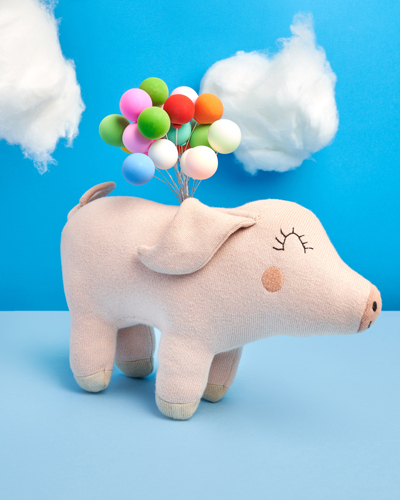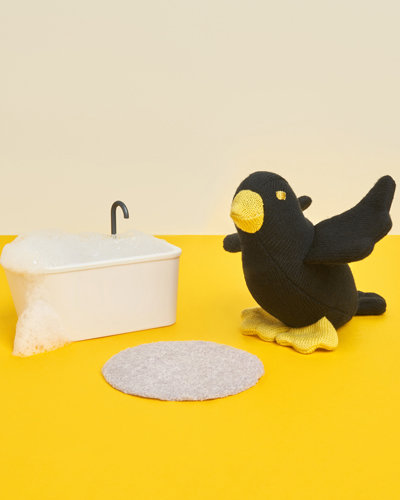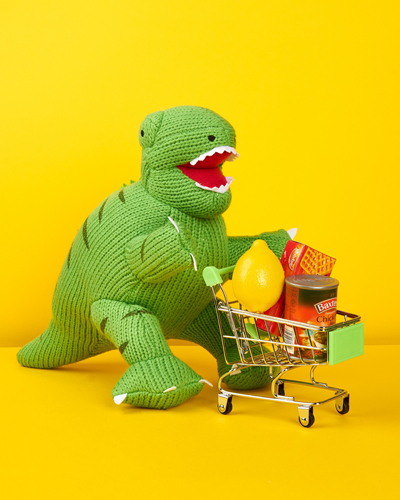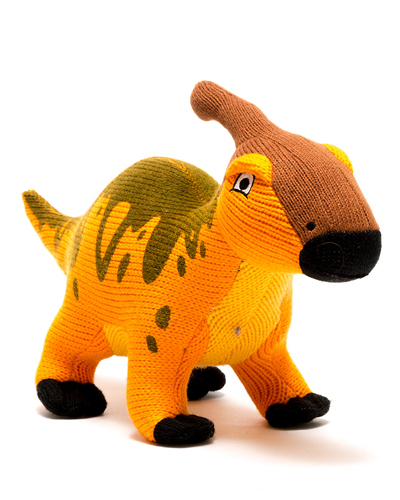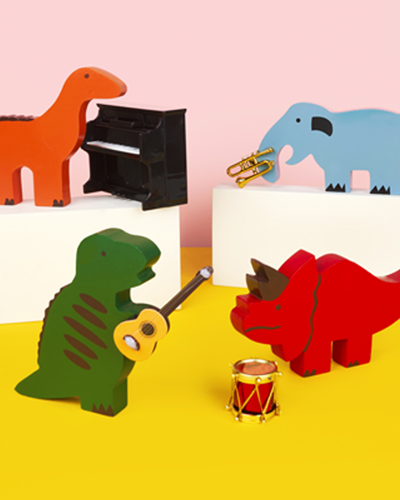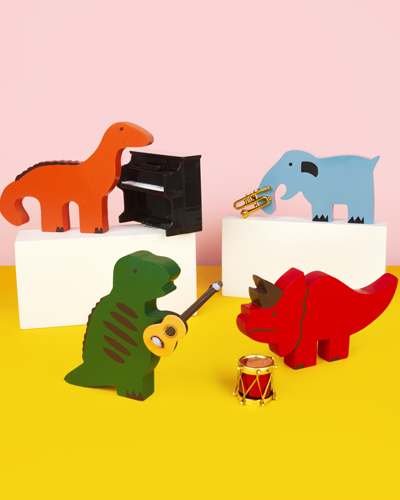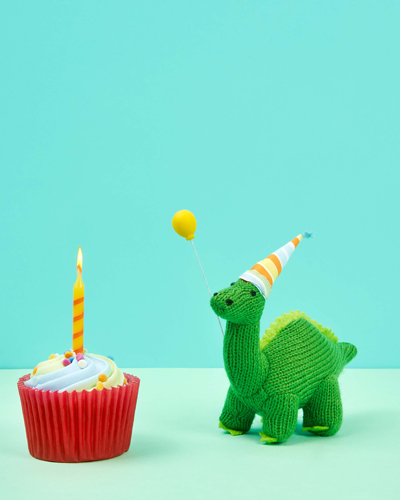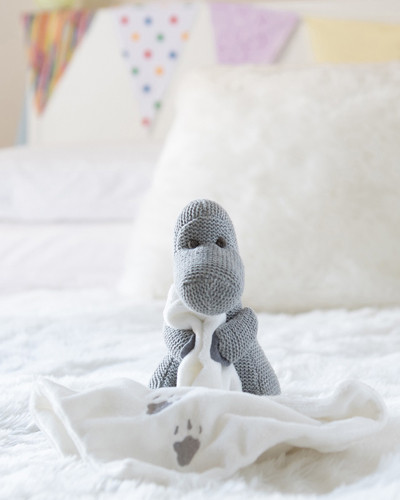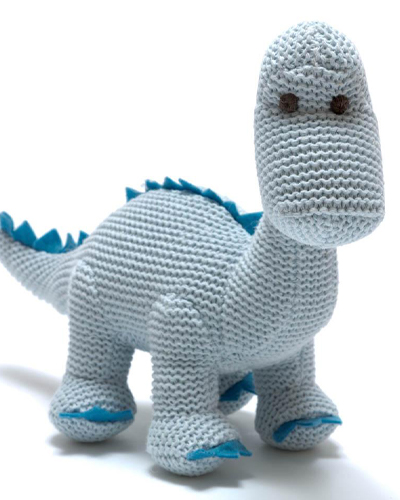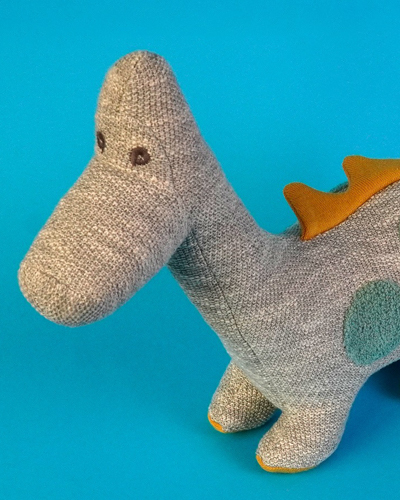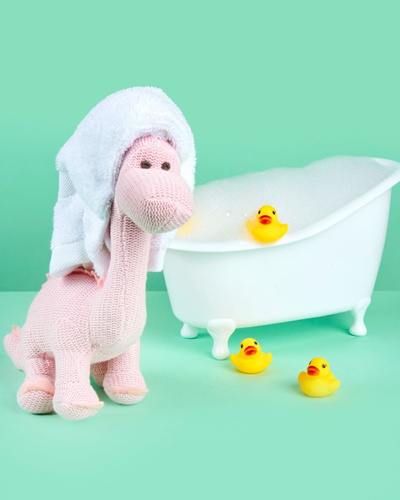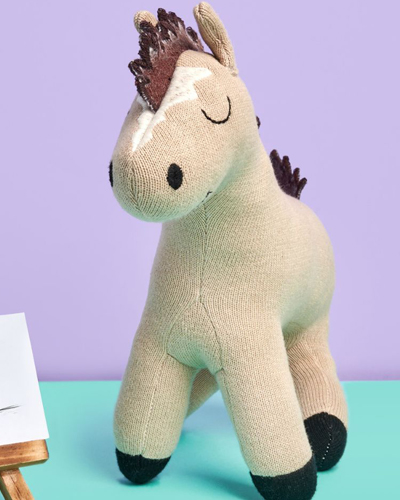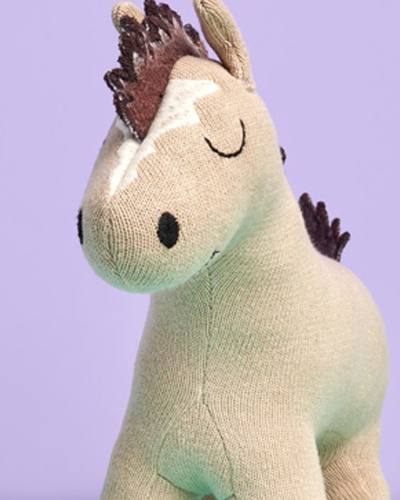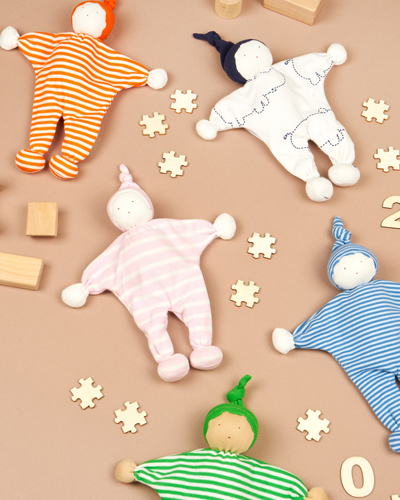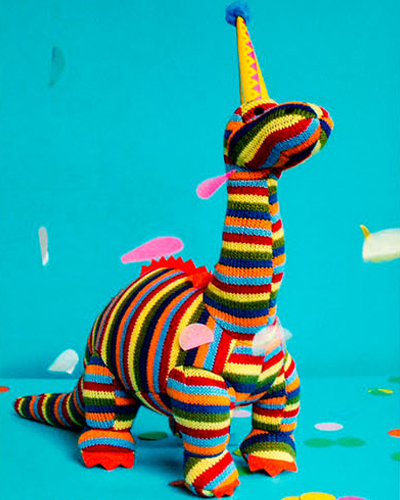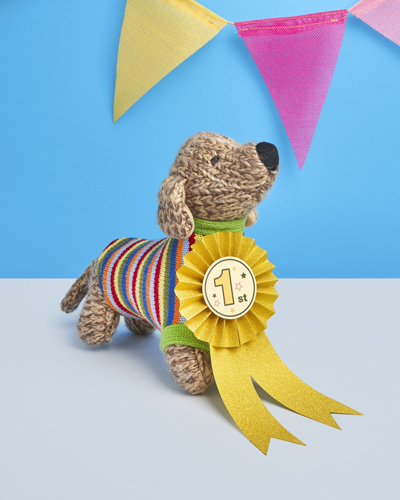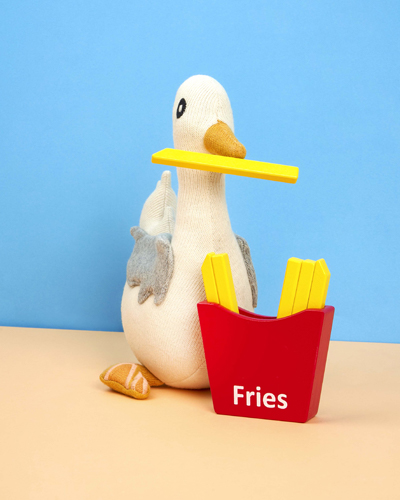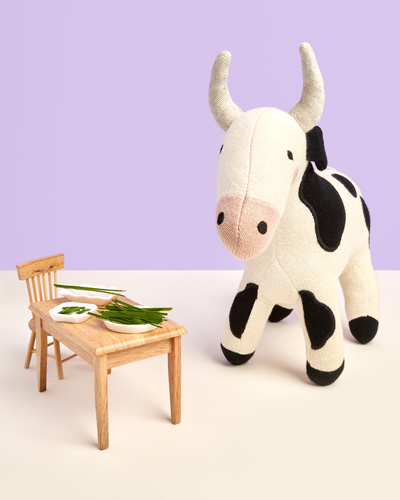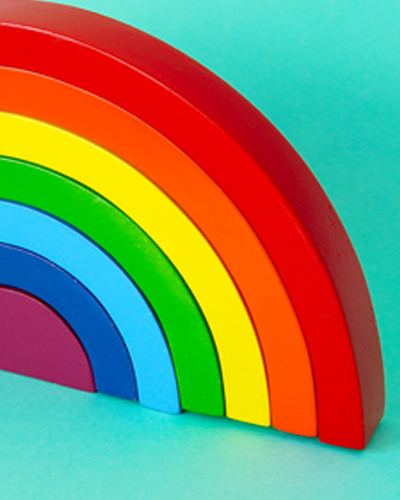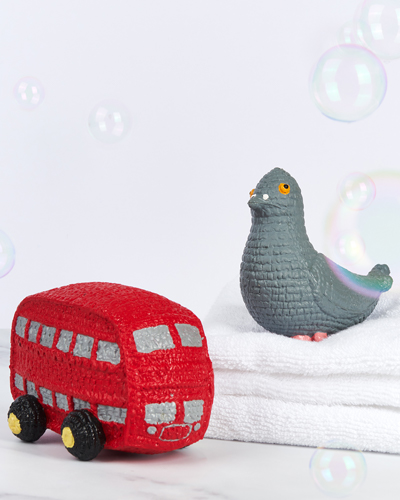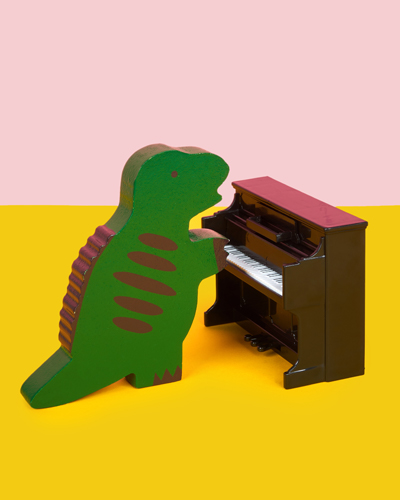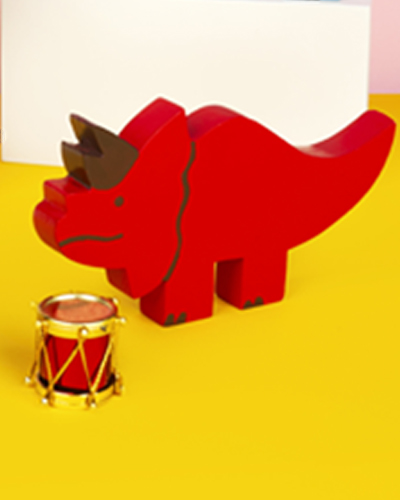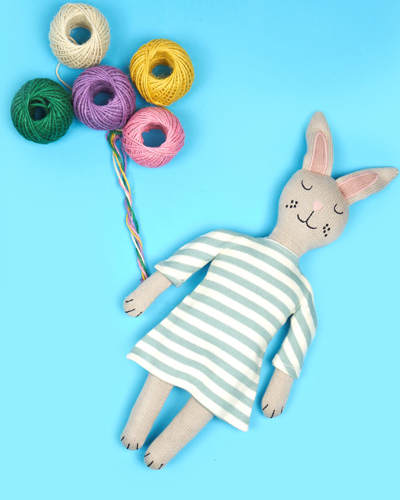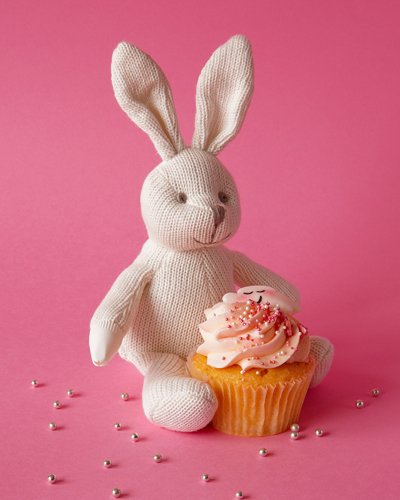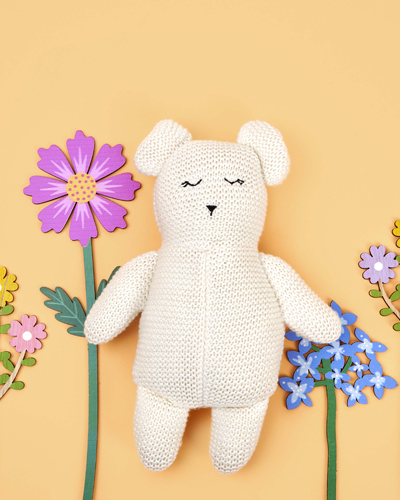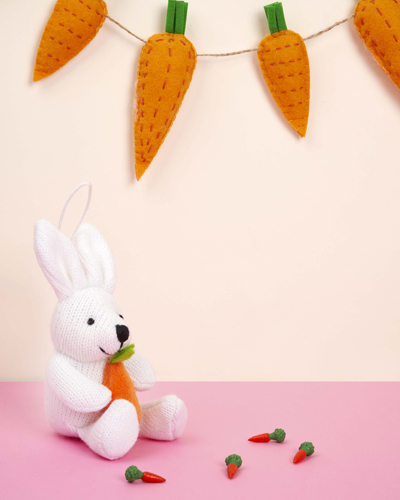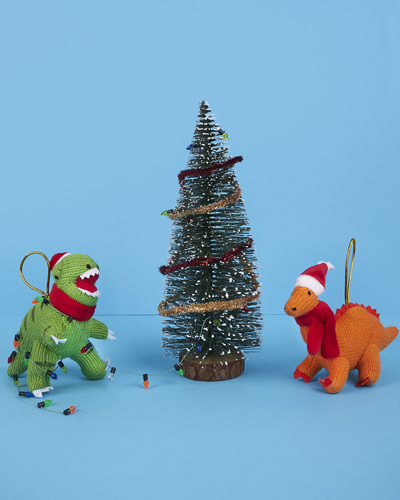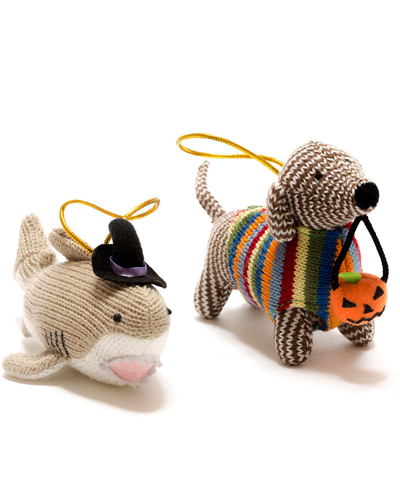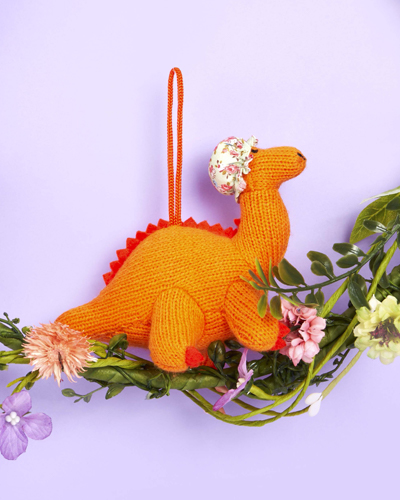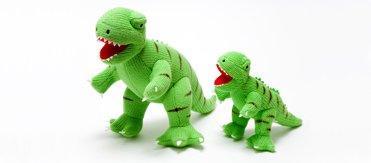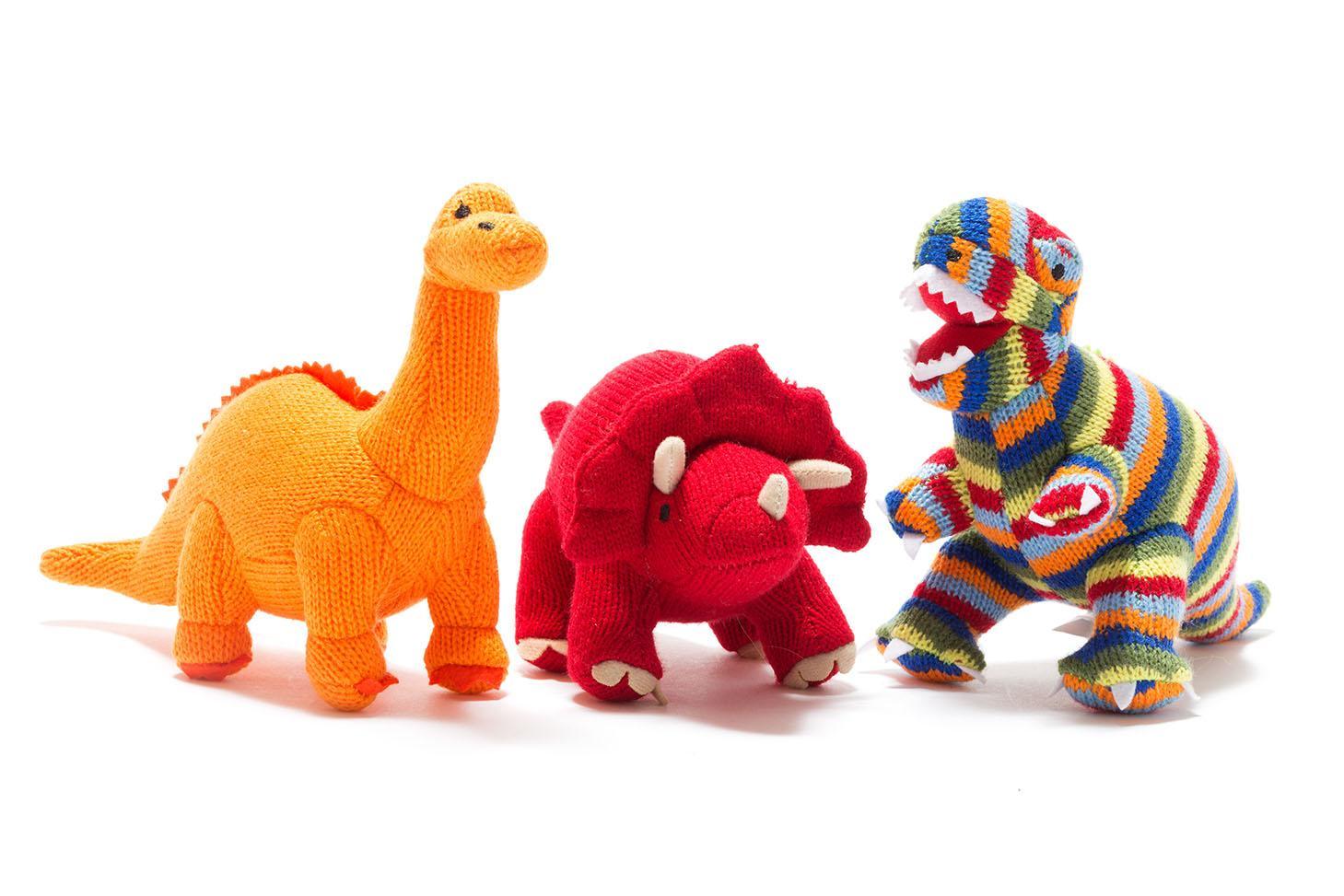It is unlikely that you will find an article saying plastic toys are better than wooden toys but still most people seem to think that plastic toys are more educational. Perhaps this is because most educational toy brands mainly make plastic toys or because plastic toys are very straight forward in the way they educate our children.
We can see a toy is educational when it is designed to flash when it is given a correct answer. So can wooden toys be as educational as plastic toys?
Plastic toys tend to have features which wooden toys do not, such as lights, sounds or movements. This means that they can “reward” children if they get an answer right by flashing or beeping.
The trouble with this is that it makes the educational process very one dimensional and not child led.
One of the very first ways children learn is through songs and rhymes (There were 10 in the bed and the little one said, for example). Its hard to do this when you have to compete with a beeping, flashing toy.
It can also lead to frustration if the child is unable to work the toy in the way in which it has been designed.
On the other hand, wooden toys are very simple. One of the reasons for this is that by keeping wooden toys simplistic it encourages imaginative play in which there are several benefits. A few examples include encouraging children to think for themselves and to be creative, helping with several area of development including social skills, language skills, problem solving and aiding fine and gross motor skills. The best part is that children learn all these skills without even realising they are learning as nothing will put a child off a toy more than knowing it is “educational”.
However, despite (or perhaps because of) their simple design wooden toys are also educational and in an accessible way of opening up conversations about colours and sizes for the youngest children.
Babies begin to understand maths from a very early age although this understanding is not really seen as maths yet. The first step is understanding sequences, so cooking food means meals and running water in the bath means bath time. They will also start to understand cause and effect, i.e shaking a baby rattle makes noise, and parents are big and babies are small.
After 1 years old their understanding becomes more sophisticated and they will be able to match shapes, square to square or circle to circle, etc and they begin to understand comparison words, under/over and fast/slow.
Maths learning as we understand it really begins from the age of 3 years old. At this point they will begin to count, be able to sort things by colour or size and start to play with puzzles.
This is where open play wooden toys are so effective
Electronic toys lead young children down a certain path by rewarding them when they get something right. Simple open play toys have no right or wrong but they do allow for play which means children can discover these things in their own way and in their own time.
A fantastic example of a wooden toy which provides endless play for children is our wooden rainbow toy. Rainbows have become increasingly popular in recent times, with their array of bright colours and child friendly materials, they can brighten up any child’s room whilst providing endless play options too.
5 Educational Games for Wooden Rainbow toy
Colour recognition – Ask your child to name the colour as they play and what other toys they have which are the same colour.
Counting as you stack. Just reciting your numbers up to 7 is a great way to remember numbers especially if you join in showing the same numbers with your fingers.
Direction and positional words – maths includes words and concepts which we all take for granted now but which are at the core of understanding. Words such as over and above and straight or bend, even progressing to right and left. A wooden rainbow toy is great for using these words without being too overtly educational.
Comparison of sizes and measurement – talk about which is bigger and which is smaller. The blue is longer than the red, the 7 piece stack is higher than 3 pieces. It all makes a great grounding for understanding more numeric questions when they are older.
Adding and Dividing - if you make 2 pieces in to a sort of circle, take one away and it becomes Half. This is actually very complicated to explain but easy enough when it can be shown visually. You can also do simple maths with the wooden rainbow toy. Start with 7 pieces, take one away and how many are you left with?
What do you think? do you like educational toys? Join the debate on our Instagram and Facebook pages.


